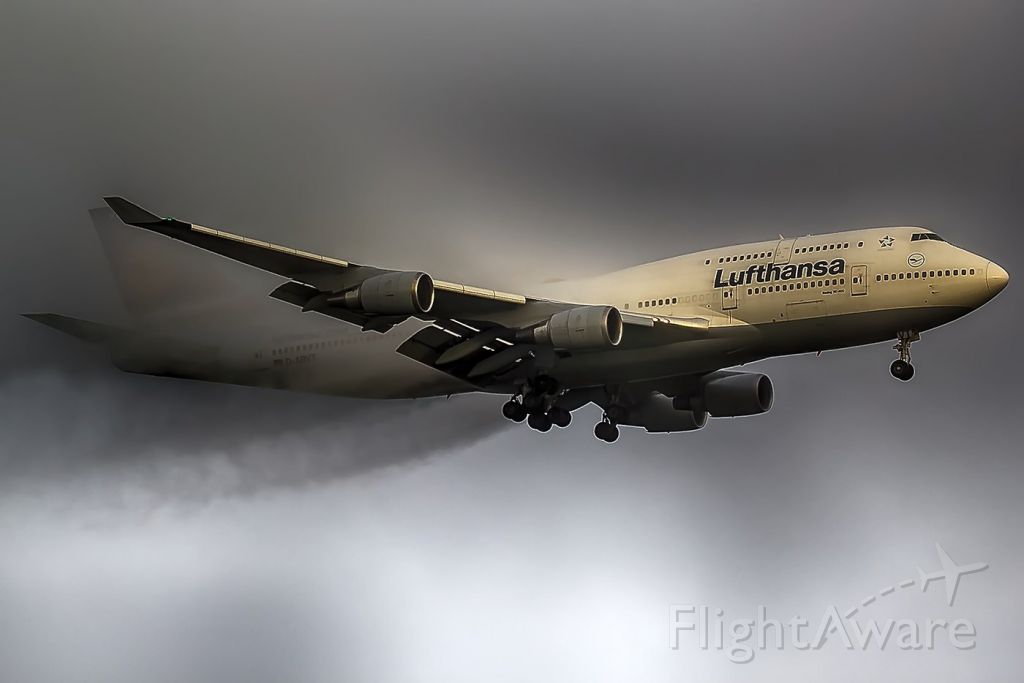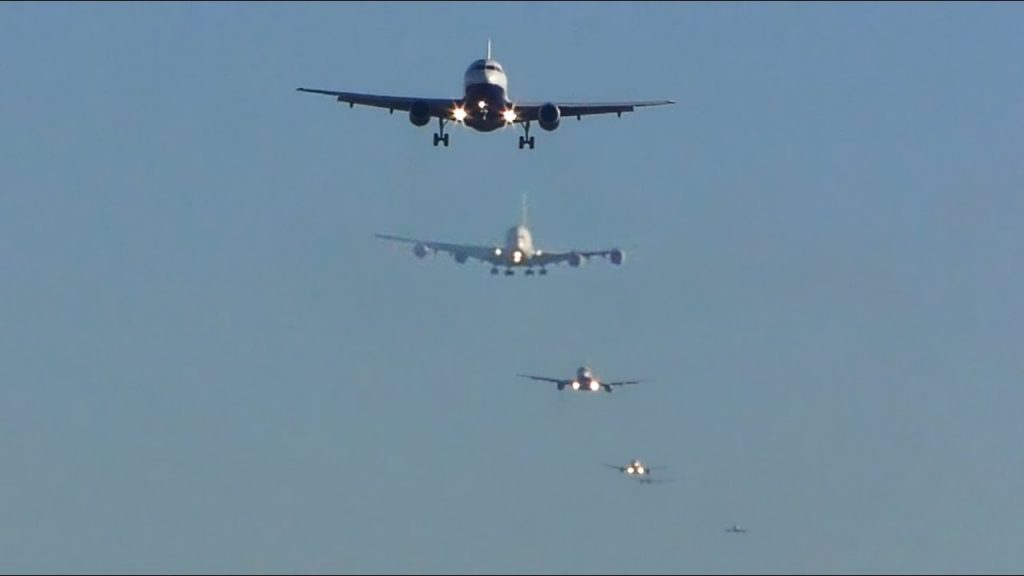Each of us live inside our own personal Airspace bubble but how do we know what’s going on in that bubble and whether or not that activity could disturb the quality of our lives?
In the context of this article an Airspace bubble is a 1 mile radius from a specified point such as our home, holiday location or outdoor leisure space.
This article focuses on the impact and assessment of commercial Aircraft within our personal Airspace bubbles. Firstly, we need to understand the terms such as impact and assessment before interpreting any results. Our Assessment ignores all aircraft above 26,000 feet as above this height the noise, and possible pollution, is less likely to disturb our lives. Likewise, we also ignore aircraft that share our bubble for less that 7.5 seconds as it implies any noise would not be around long enough to create a significant disturbance.
Experience has told us that real disruption is not caused by individual aircraft operating within our Airspace bubble but it’s actually the repetitive nature of multiple aircraft at regular times that has the biggest impact.
To summarise our assessment of disturbance is based on all flights that regularly share our Airspace at the same time for periods greater than 7.5 seconds and are below 26,000 feet. Therefore, our assessment could say for a location; “between 8pm and 11pm on a Friday, Saturday and Sunday there is an 80% chance you will hear and/or see aircraft within a 10-15 minute period. The disturbance classification for this location, across all time periods, is: Frequent“.
Having an understanding of the facts you can now make a personally decision about whether this situation meets your life style criteria.
We all have the right to know and to make informed decisions.




